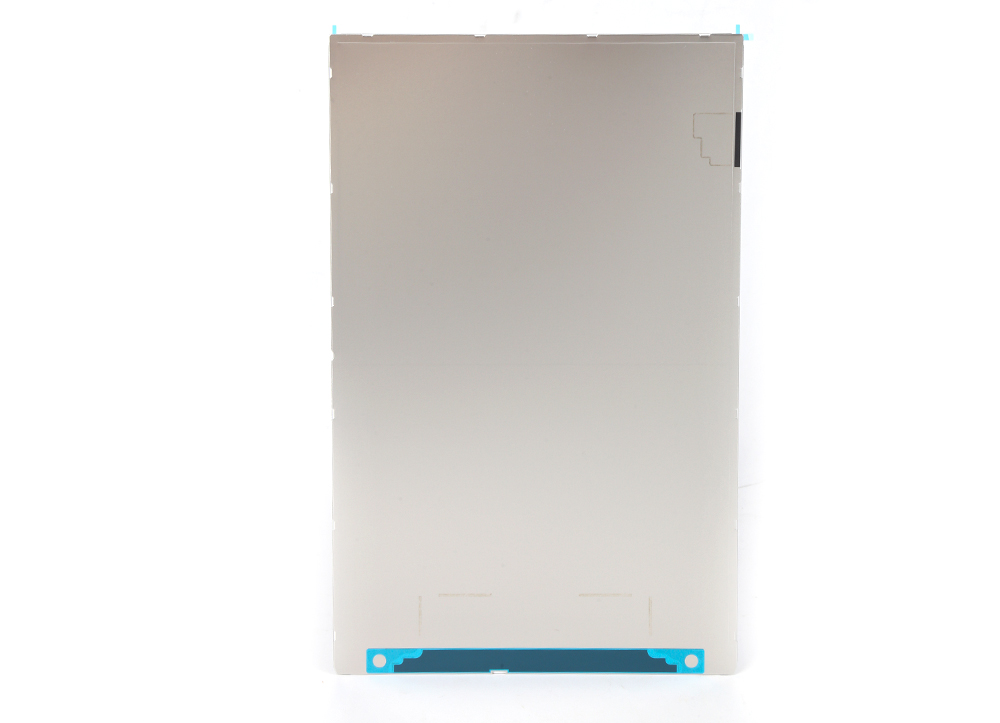Time:2023-08-14 Preview:
Just by looking at the name, we can tell that it is different from ordinary parts processing, and this process is usually selected when there is a need. So before choosing this processing method, we must understand what kind of processing method it is, and understand its advantages and disadvantages. So, let's now understand what kind of processing method non-standard parts are?
Firstly, we know that non-standard parts are related to standard parts, so before understanding non-standard parts, we need to know what is called standard parts. Standardized parts refer to commonly used components such as threaded parts, rolling bearings, etc. that have been standardized in various aspects such as structure, scale, drawing, and logo, and are consumed by professional factories.

Broadly speaking, it includes standardized mechanical components such as fasteners, connectors, transmission components, seals, hydraulic components, pneumatic components, bearings, tension springs, etc. Narrowly, it only includes standardized fasteners. The commonly known standard component in China is the abbreviation for standard fasteners, which is a narrow concept, but cannot eliminate the existence of a broad concept. In addition, there are industry standard parts, such as automotive standard parts, mold standard parts, etc., which also belong to the general standard parts.
Non standard parts processing professionals argue that the main reason is that the country has not set strict standards and specifications, and there are no relevant parameter rules for other accessories that are freely controlled by enterprises. There are many varieties of non-standard components, and there is currently no standardized classification. The general classification is as follows:
The customer provides drawings, and the manufacturer uses equipment to manufacture corresponding products based on the drawings. Usually, molds are the majority, and public service requests are made. The brightness is regulated by the customer, without a certain paradigm
 Related News
Related News·What is CNC processing thread milling? ·How to deal with the defects of aluminum alloy hardware die casting? ·What are the factors that affect the hardness of the processing hardness of Dongguan CNC? ·Common faults and solutions in the processing of network switches ·Tool setting and tool changing for machining center processing ·Tool wear in precision medical equipment processing ·CNC: Make your product design more free ·CNC machining techniques for aluminum casing ·What are the characteristics of die casting hardware technology? ·Equipment characteristics and daily maintenance of CNC tooth rolling machine


